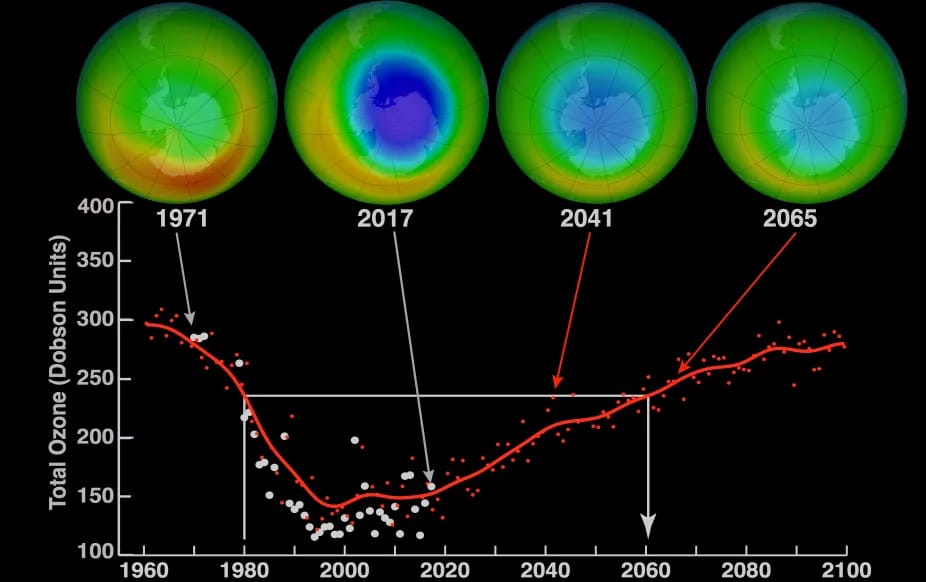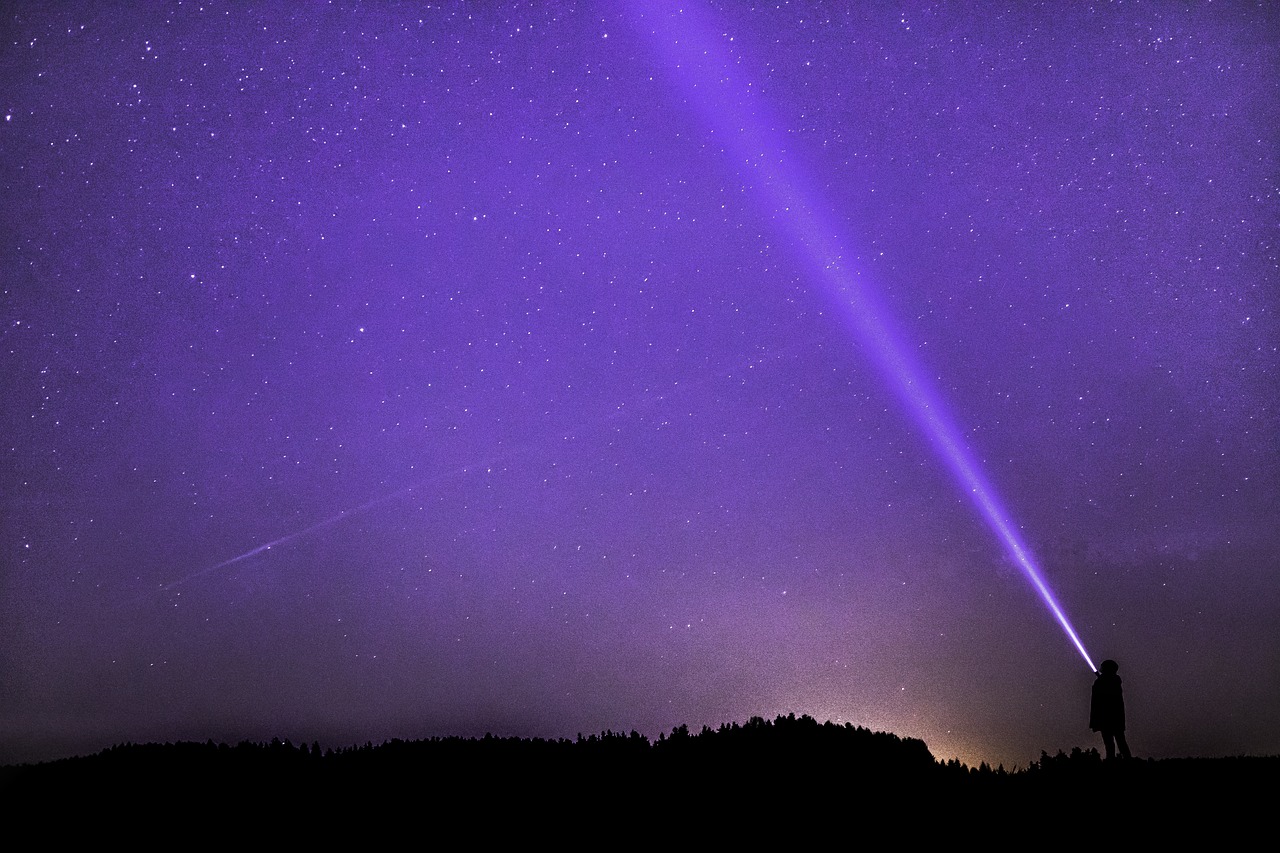The Great Attractor: A Cosmic Mystery

Imagine something so massive and mysterious that it’s pulling not just the Earth but our entire galaxy, the Milky Way, toward it at breakneck speeds. It’s not a planet, a black hole, or even the biggest star you can think of. Nope—it’s way bigger. This inexplicable cosmic magnet is called the “Great Attractor,” and if that doesn’t sound like a cosmic supervillain, I don’t know what does. While you may not feel its pull in your day-to-day life, it’s quietly tugging us all at mind-blowing speeds, and we don’t fully understand what it is. It certainly is a mix of cosmic curiosity, a splash of scientific wonder, and just a pinch of existential dread (fun, right?).
Starting with the basics, picture the universe as a giant cosmic dance floor. Stars, galaxies, planets—they’re all moving and spinning, and they’re all drawn toward various centers of gravity. Normally, we can explain these movements with gravity, our trusty, invisible space glue. But in 1986, astronomers noticed something strange: a bunch of galaxies, including ours, were speeding in the direction of the constellation Centaurus, toward something that shouldn’t be there.
Enter the Great Attractor, a huge gravitational anomaly hiding somewhere in the depths of space. It’s pulling the Milky Way—and a ton of other galaxies—toward it at over 600 kilometers per second (that’s around 2 million kilometers per hour!). Close your eyes and count to ten. Congratulations! You’re now 6000 km closer to the Great Attractor. To put it into perspective, if you were going that fast on your morning commute, you’d get to the moon in about 10 minutes. This isn’t a gentle pull, either. We’re talking serious main-character energy.
But here’s the twist: the Great Attractor isn’t fully visible to us. It’s located in a dense region of space called the “Zone of Avoidance,” which sounds like it came straight out of a sci-fi movie. In this area, thick clouds of dust and gas block our view. So we know it’s there, but we can’t get a clear look at it. Imagine someone hiding behind a curtain but still managing to pull an entire galaxy toward them. Spooky, right?
You might be thinking, “Well, can’t we just, like, look around the dust?” If only it were that easy. This is space, after all, where things like black holes and entire galaxy clusters like to keep secrets. With the advancement in technology, radio astronomers have somewhat succeeded in looking through the dust and getting a faint idea of this puzzling entity’s location and size. So, here’s what we don’t know: we don’t know if the Great Attractor is a giant cluster of galaxies, a supermassive black hole, or something else entirely. And whatever it is, it has the gravitational power of a quadrillion (yes, quadrillion) suns. That’s 1,000,000,000,000,000 suns—more than enough to keep astronomers up at night.
Let's step back to get a bird's-eye view and understand what’s going on. Our galaxy, the Milky Way, along with our neighboring galaxy, the Andromeda, and various other galaxies form a gravitationally bound cluster of galaxies. Our neighboring cluster is the Virgo cluster, with over 1300 galaxies and 65 million light years away. Stars form galaxies, galaxies form clusters, and clusters form superclusters, which are the largest known structures in the universe. The galaxies in our local group are slowly merging and moving towards the Virgo Cluster, which is in the center of the Virgo Supercluster. All the clusters of galaxies in their superclusters are moving towards their respective centers. Together, all these clusters and superclusters are moving towards the Hydra-Centaurus supercluster, which contains the Centaurus constellation. Scientists noted these movements to be strange because the velocities at which these galaxies were moving were not in accordance with the ones predicted by Hubble’s constant.
Some theories suggest it might be part of an even larger structure called the Laniakea Supercluster. Think of the Great Attractor as the cosmic ringleader in this galactic neighborhood. But here’s where it gets even more mind-bending: while we’re being pulled toward it, the universe itself is expanding. This creates a kind of cosmic tug-of-war like the universe just can’t decide whether it wants to push us away or pull us in. And scientists are still scratching their heads over what it all means. We might never get absorbed by the Great Attractor. Thanks to the accelerated expansion of the universe due to dark energy, the Great Attractor’s gravitational clout might not influence us in the same way, and instead, we start moving away from it.
Each theory about the Great Attractor opens up more questions than answers, and that’s part of what makes the Great Attractor so fascinating. It’s the cosmic equivalent of a locked room mystery, and we don’t even have the right key. Some scientists think the Great Attractor might help us understand enigmas like dark matter and dark energy that make up most of the universe. Whereas, some theorists believe that the Great Attractor could be linked to other dimensions or even parallel universes. Interdimensional FOMO, anyone?
If you’re starting to feel a bit small, that’s normal. The Great Attractor is like the universe’s way of reminding us that we’re part of something much, much bigger. Think about it: we’re moving at unimaginable speeds through space, part of a galaxy on an endless journey. While it’s easy to get wrapped up in everyday stress, the Great Attractor gives us perspective. It’s the ultimate reminder that there are forces beyond our control, drawing us toward something mysterious.
The mysteries of space are fueling some of today’s most cutting-edge research. Today, young researchers are getting involved in space research, using data from telescopes like the Hubble Space Telescope and the James Webb Space Telescope. If you’re passionate about science, this field is ripe for the next generation to dive in and discover something groundbreaking. The Great Attractor might even inspire Gen Z’s next big scientist or astronaut. Plus, this is a great conversation starter. The next time someone asks you about your interests, hit them with, “I’m actually quite curious about cosmic structures with the gravitational power of a quadrillion suns.”
Similar Post You May Like
-

CFCs, HFCs and their long, troubled history
At its peak, the ozone hole covered an area 7 times larger than the size of Europe, around 29.9 million km2, and was rapidly expanding
-

The Origin of Universe: Deciding point where it all began!
Let us unravel and surf through the ideas throughout ages to understand what the universe and its origin itself was to its inhabitants across history.
-

The Artemis Program
Inspired by the Greek goddess of the Moon, twin sister to Apollo, the artimis program was named on 14 May 2019 by Jim Bridenstine.






